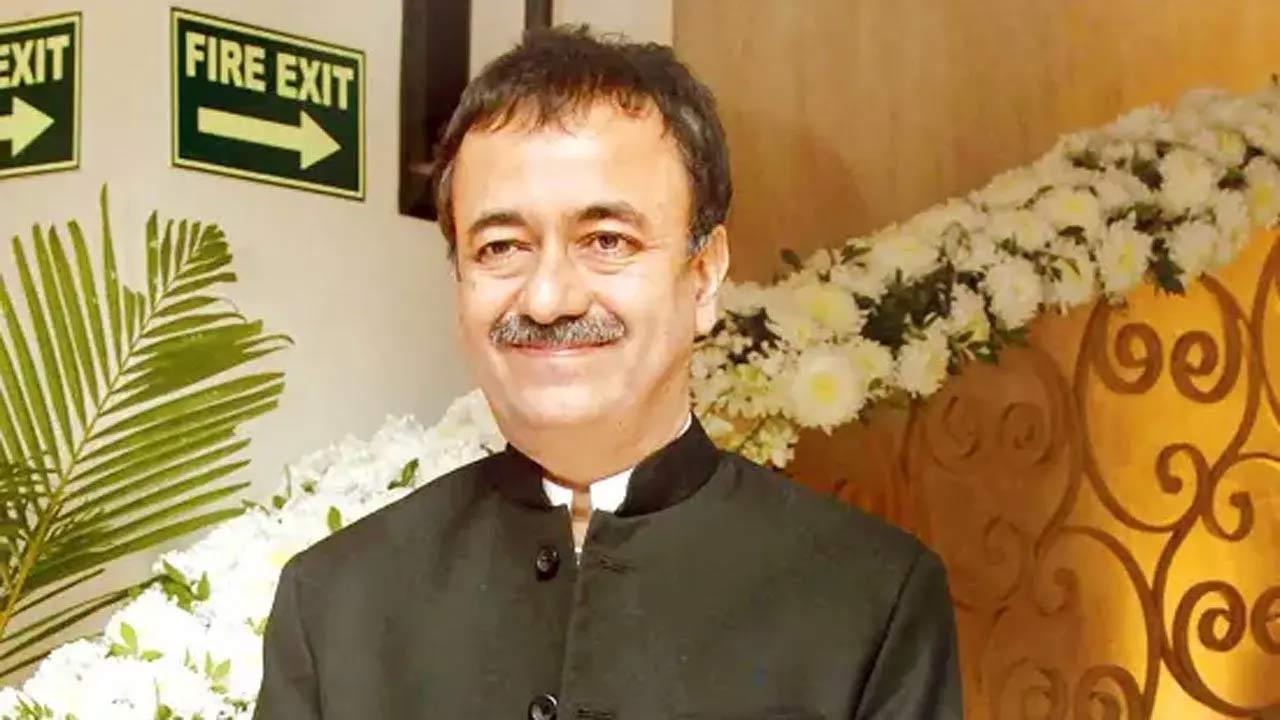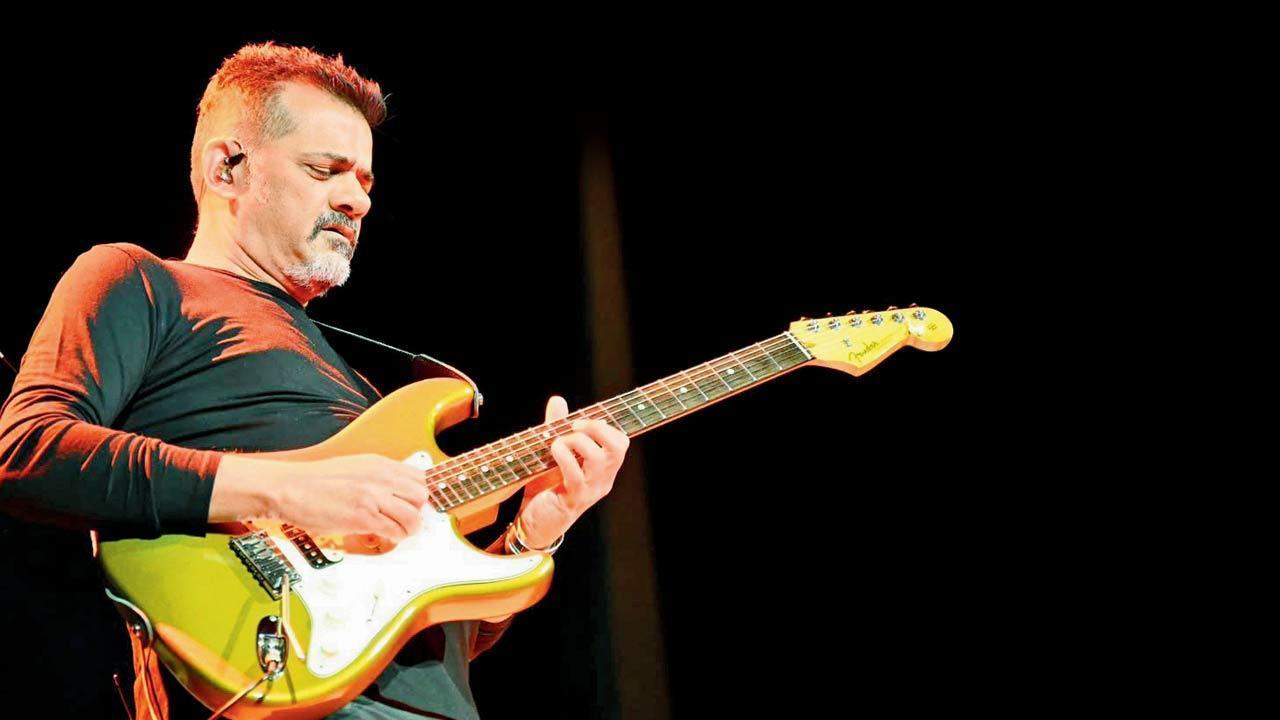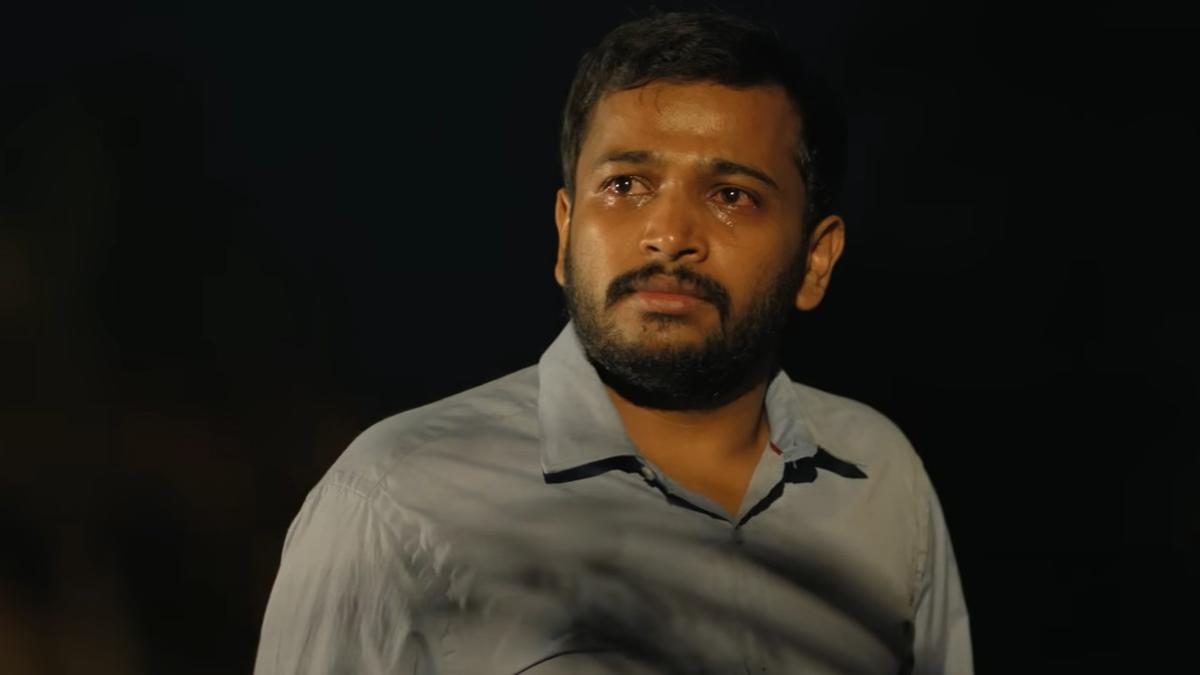
In the new film “Kho Gaye Hum Kahan” by director Arjun Varian Singh, a powerful line captures the essence of a generation lost in the digital world, “We are so obsessed staring at the screen these days that we didn’t realize life has gone past us.” This introspective statement by a character named Aahana, played by Ananya Panday, resonates with the audience, laying bare the conflict between online existence and living in the moment. The film exposes the shadowy grip of voyeurism and its capacity to derail us from the more courageous path towards saving our own souls. As it follows the intertwined lives of three best friends, portrayed by Ananya Panday, Siddhant Chaturvedi, and Adarsh Gourav, the narrative dives deep into ambition, love, heartbreak, and the abuse that sprouts from their digitally entangled reality.
The connection to Farhan Akhtar’s iconic “Dil Chahta Hai” becomes apparent, as this movie, which hit screens 22 years ago, reshaped the portrayal of friendships in Bollywood by depicting three friends as multi-faceted characters rather than typecasted comrades. Following in these footsteps, “Zindagi Na Milegi Dobara,” directed by Zoya Akhtar in 2011, tackled the subjects of burnout and emotional wellness. The storytelling prowess of the Akhtar siblings has long been associated with path-breaking cinema, and Arjun Varian Singh, who stepped into the director’s shoes for “Kho Gaye Hum Kahan” after being an assistant director on “Gully Boy,” seems to carry forward that legacy.
The film’s inception can be traced back to discussions Arjun had with Zoya while working together. Sharing insights about their generations led Zoya to suggest a movie encapsulating how the younger generation functions, giving birth to “Kho Gaye Hum Kahan.” The essence of this idea is woven into the fabric of the storyline, which showcases how this digitally savvy generation grapples with their relentless quest for validation and the lure of instant success, often steered by data and algorithms.
Casting for the film was a thoughtful process, with Arjun affirming how the actors embraced their roles, infusing their individuality and diligence into their performances. His admiration for Zoya’s empathy and for Reema Kagti’s focus and analytical ability is evident as he discusses the experiences that shaped the film’s journey.
Social media’s tentacles reach far and wide, not sparing even the film industry. As influencers and content creators measure their worth by their follower count, the question arises about its impact on traditional acting auditions. Zoya Akhtar clarifies that social media popularity is not a casting criterion for her or her circle of filmmaking colleagues. Instead, she emphasizes the importance of refining the craft and collaborating with visionary filmmakers.
Netflix has closely monitored the pulse of the young audience, curating a range of shows and films that mirror the lives and aspirations of Gen Z. Ruchikaa Kapoor Sheikh, the streaming giant’s Director of Original Films, acknowledges the growing desire among viewers to see reflections of themselves on-screen. Netflix’s offerings, including “Mismatched,” “Class,” and “Friday Night Plan,” have been testaments to this understanding.
In another wave of excitement, Farhan Akhtar announced his return to the director’s seat, revealing plans to helm “Don 3” with Ranveer Singh in the lead. This reveal comes as a refreshing piece of news, bringing back the director who has been pivotal in framing the modern ethos in Hindi cinema.
“Kho Gaye Hum Kahan” thus stands out as more than just a film; it is a lens on today’s youth and their struggles. It marks a directorial debut that combines the insights of multiple generations, acknowledging the power of social media without letting it dictate creativity. Through its storytelling, it ties generations together while embarking on a route to authentic cinema that both commends the past and embraces the nuances of the present. The journey of Arjun, Ananya, Siddhant, and Adarsh is just beginning, but it’s clear they all envision a truthful portrayal of life, connections, and the complexities faced by young adults in a digitally dominated reality.










